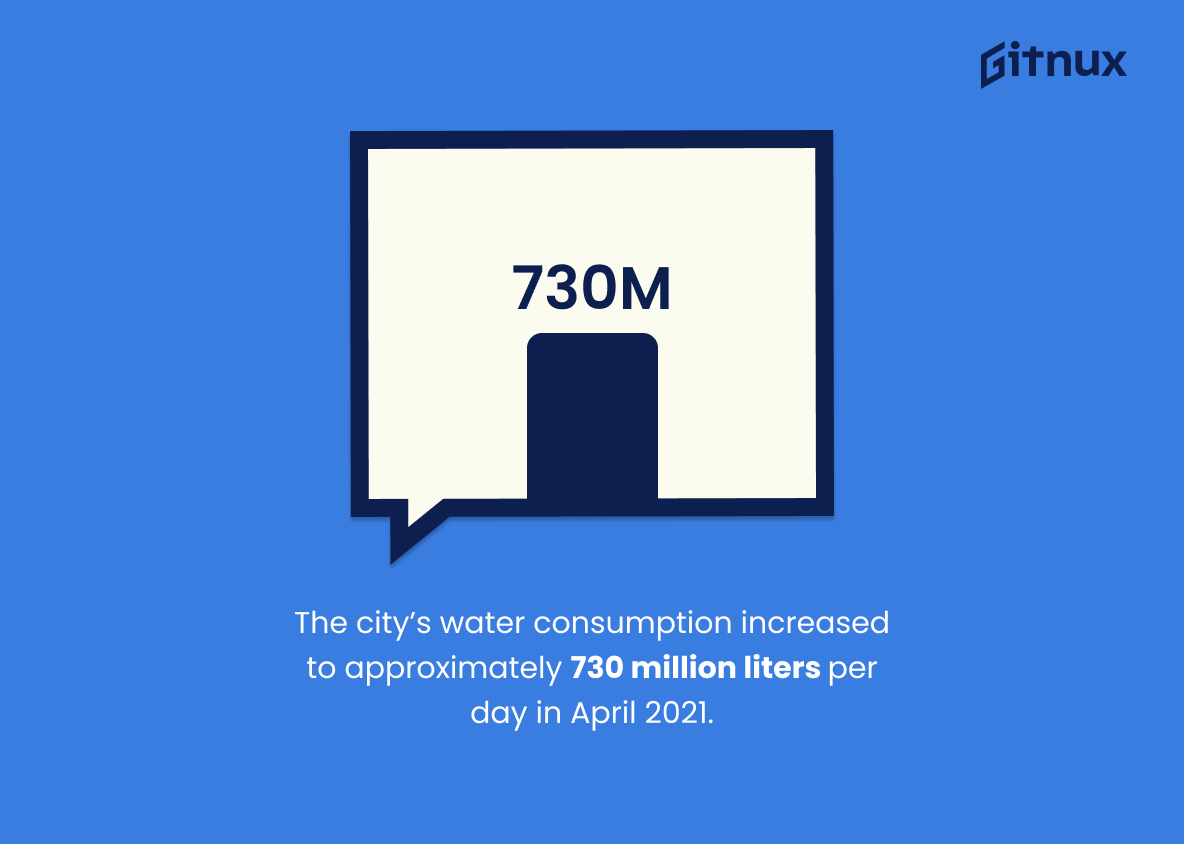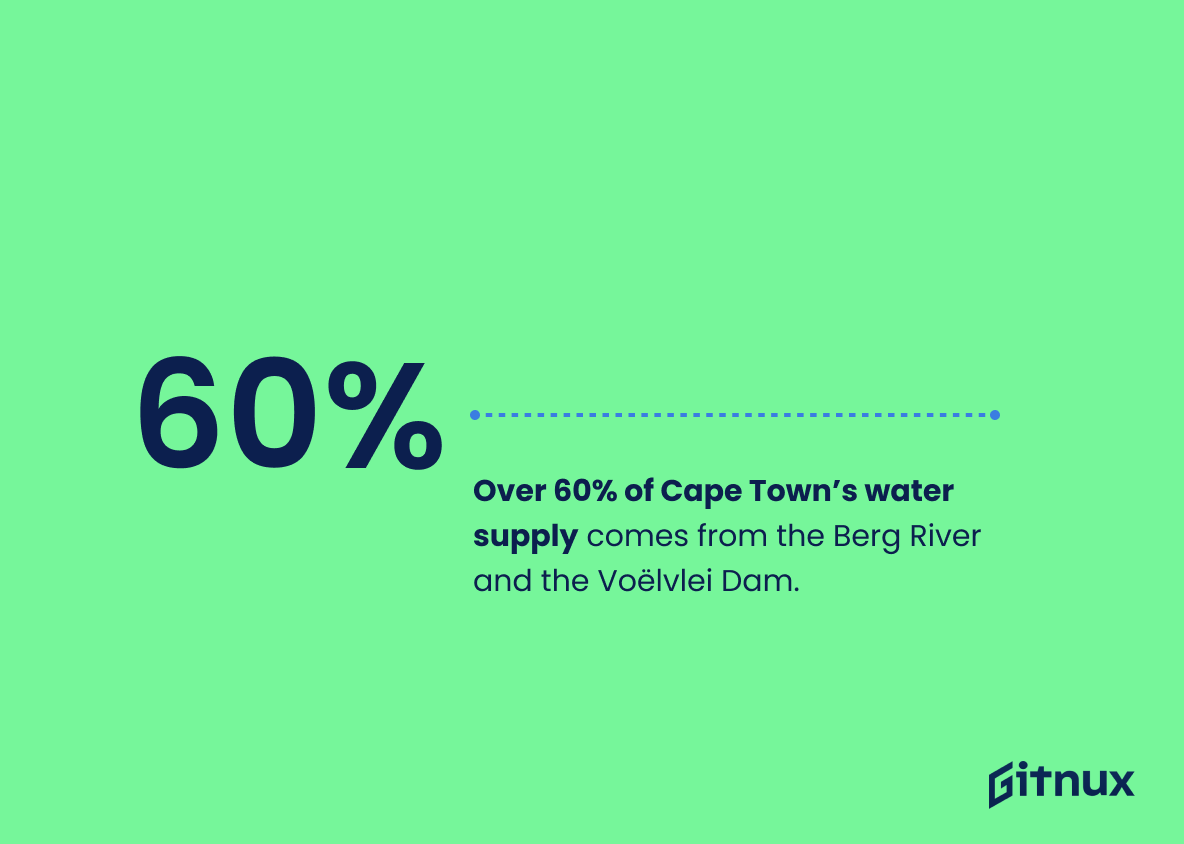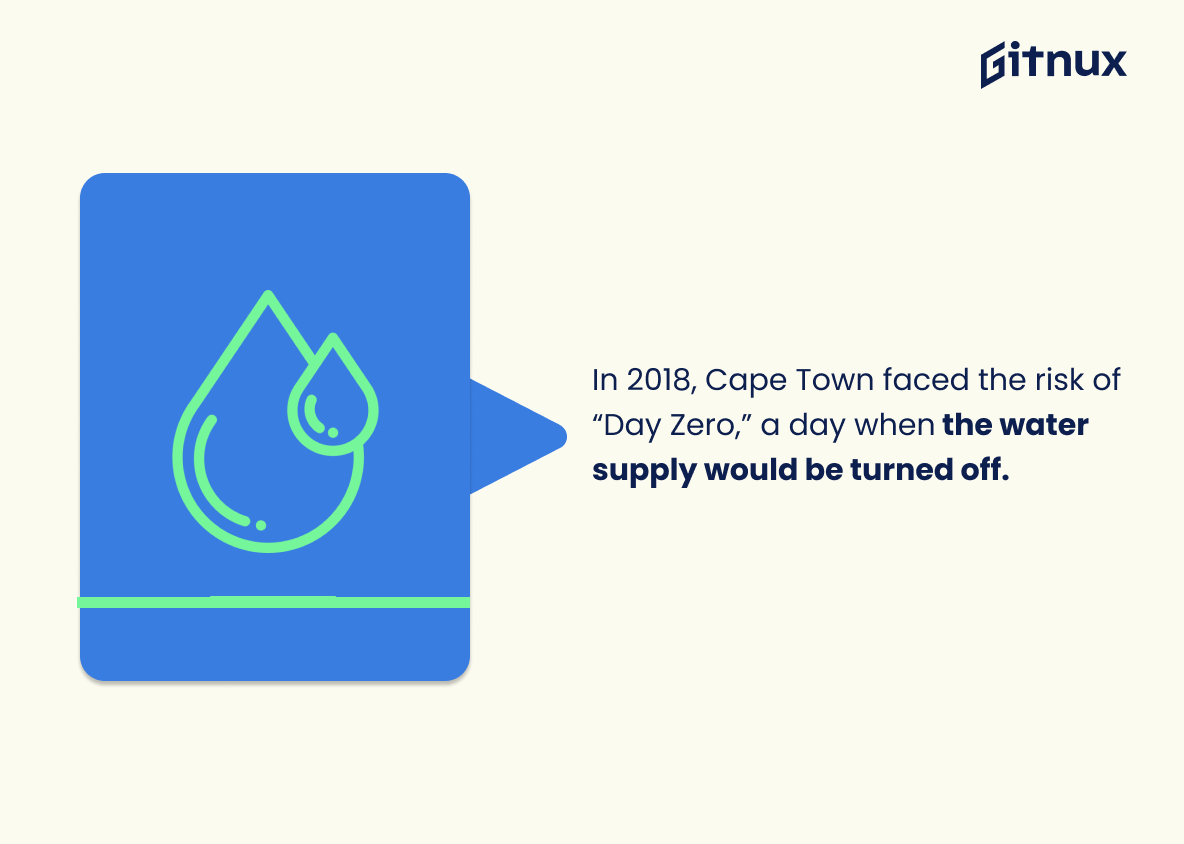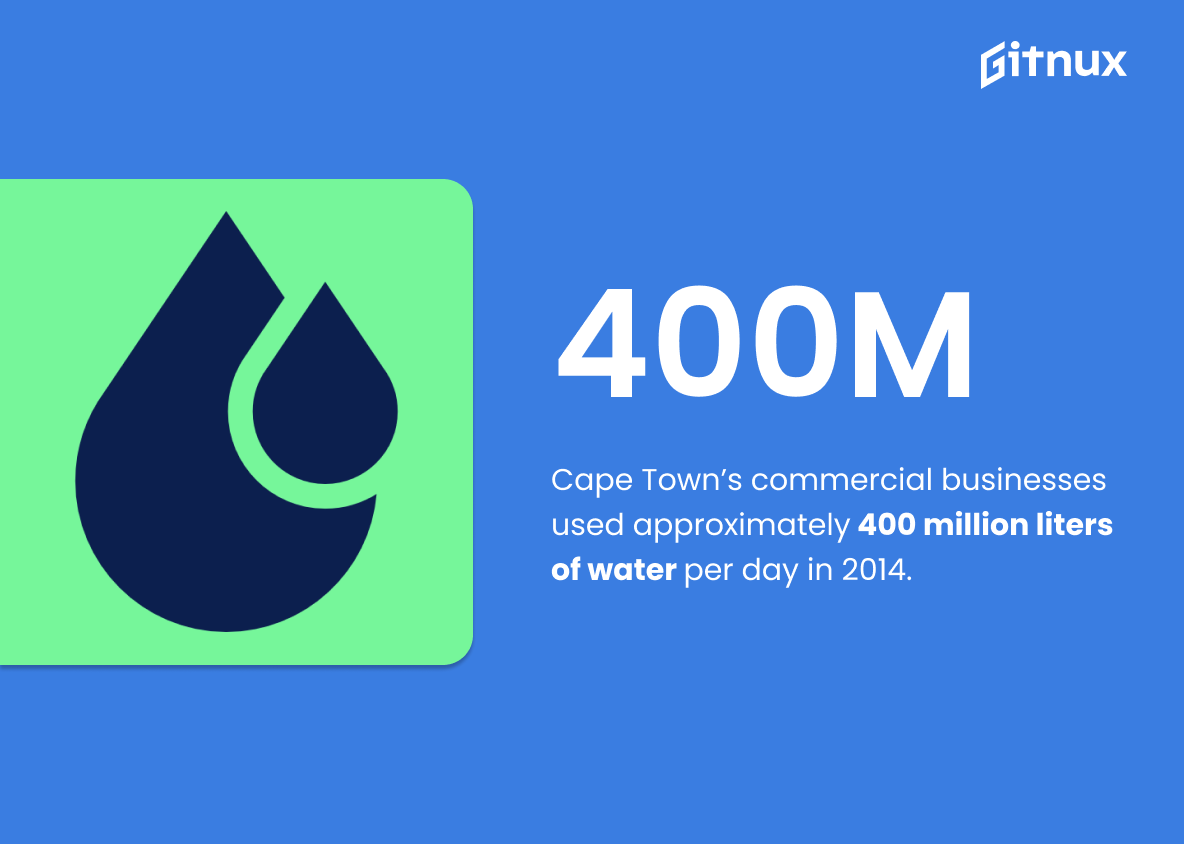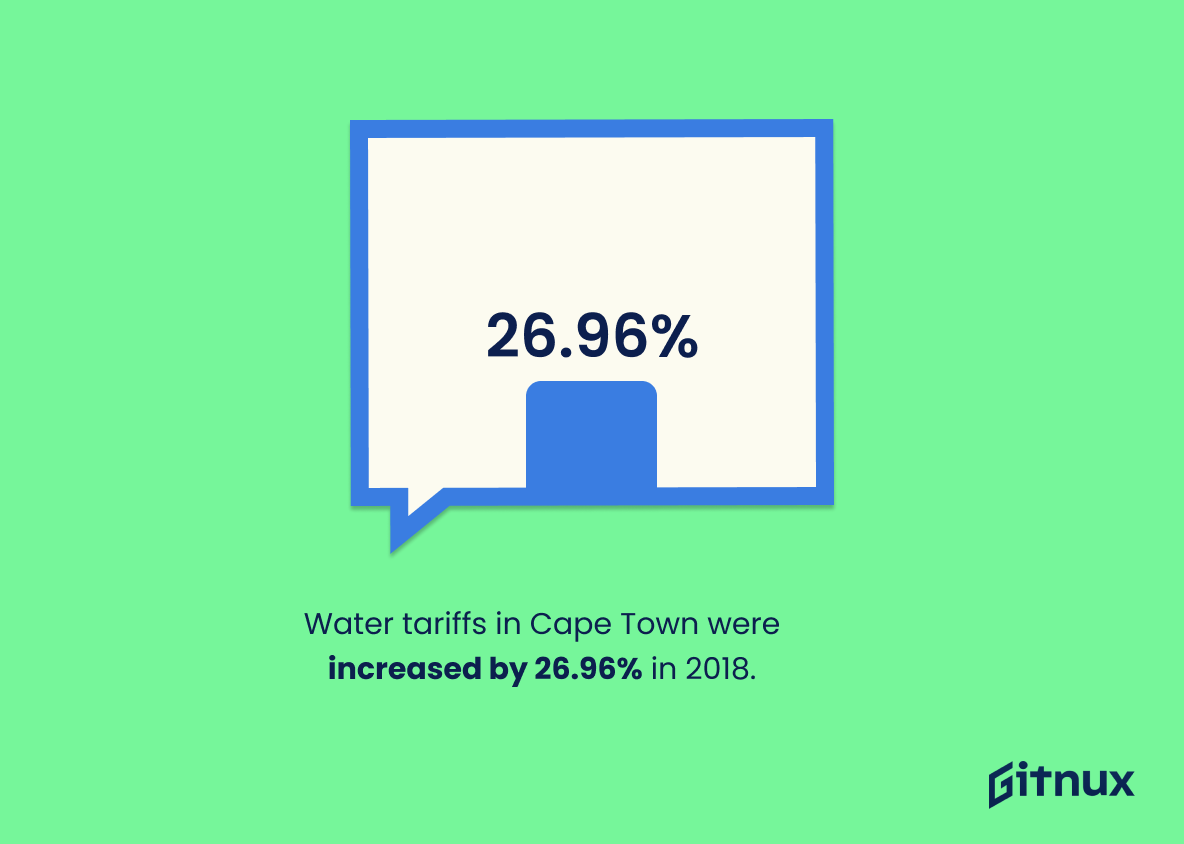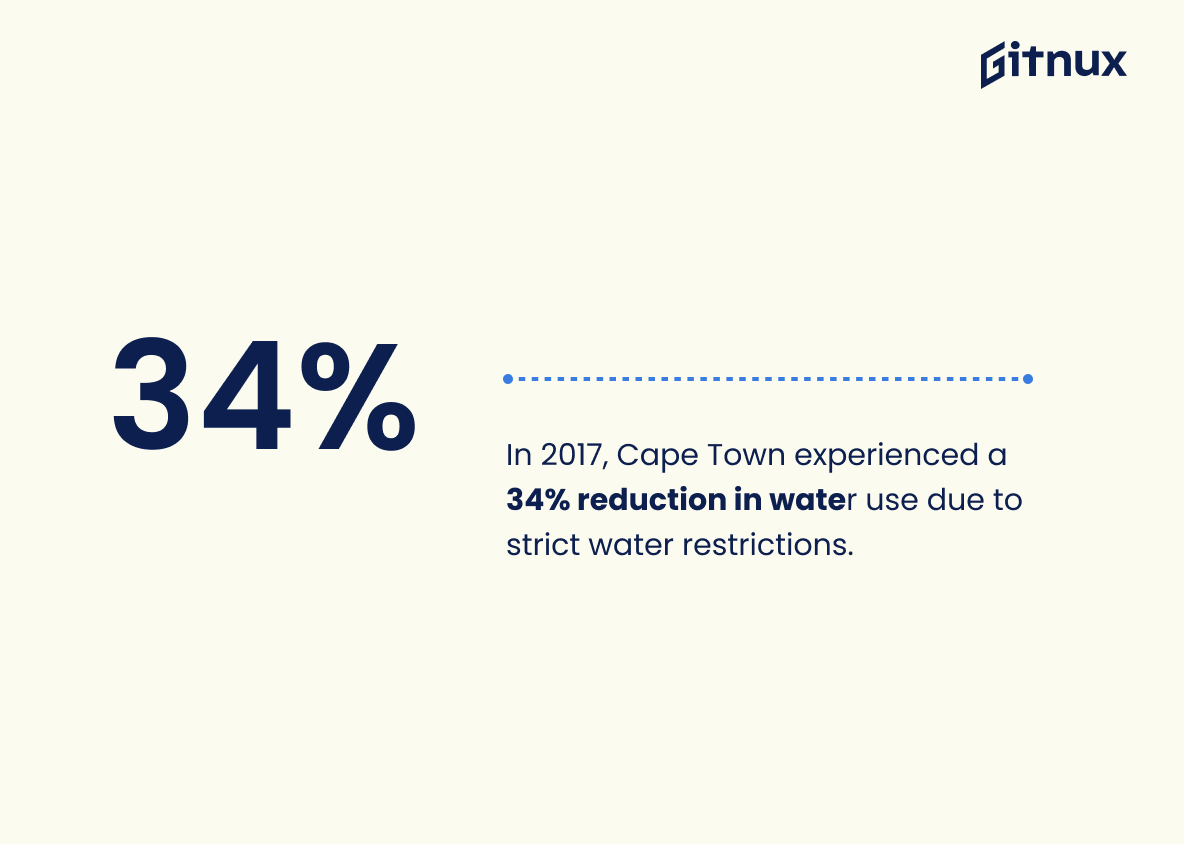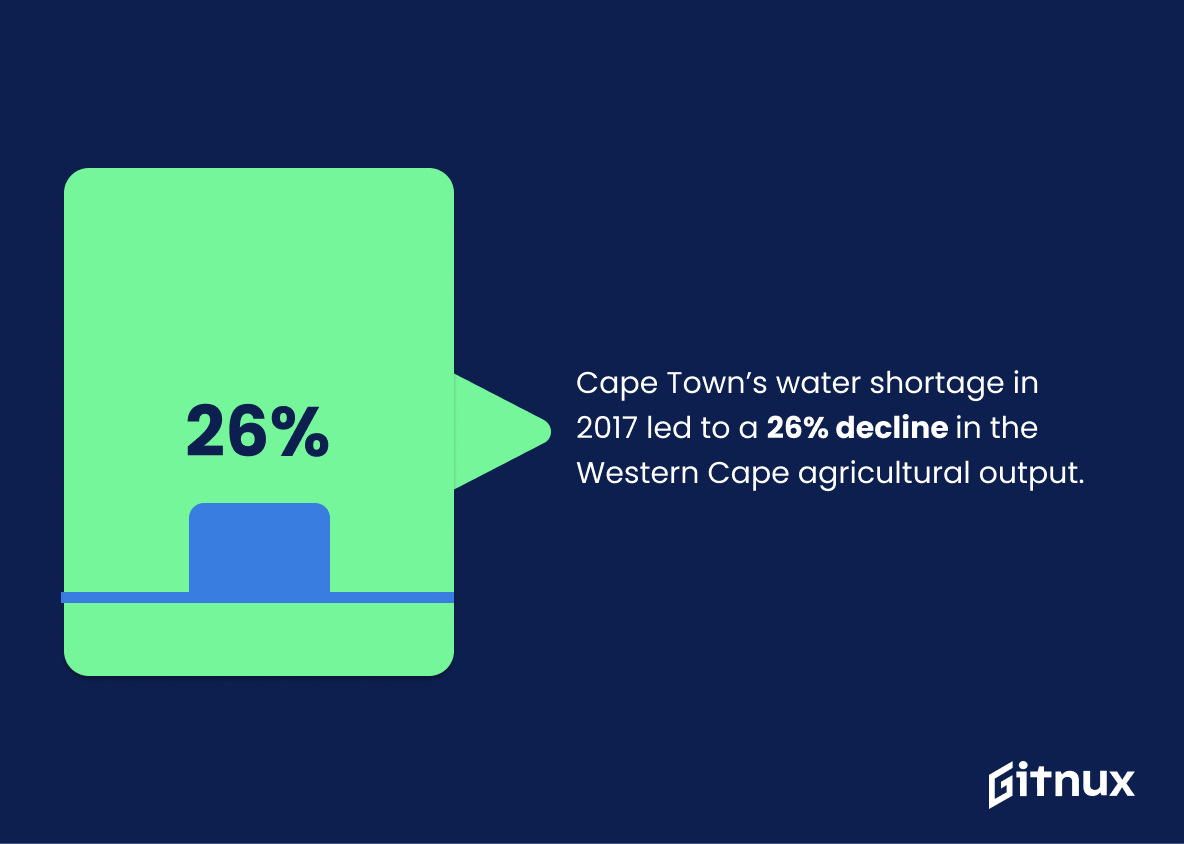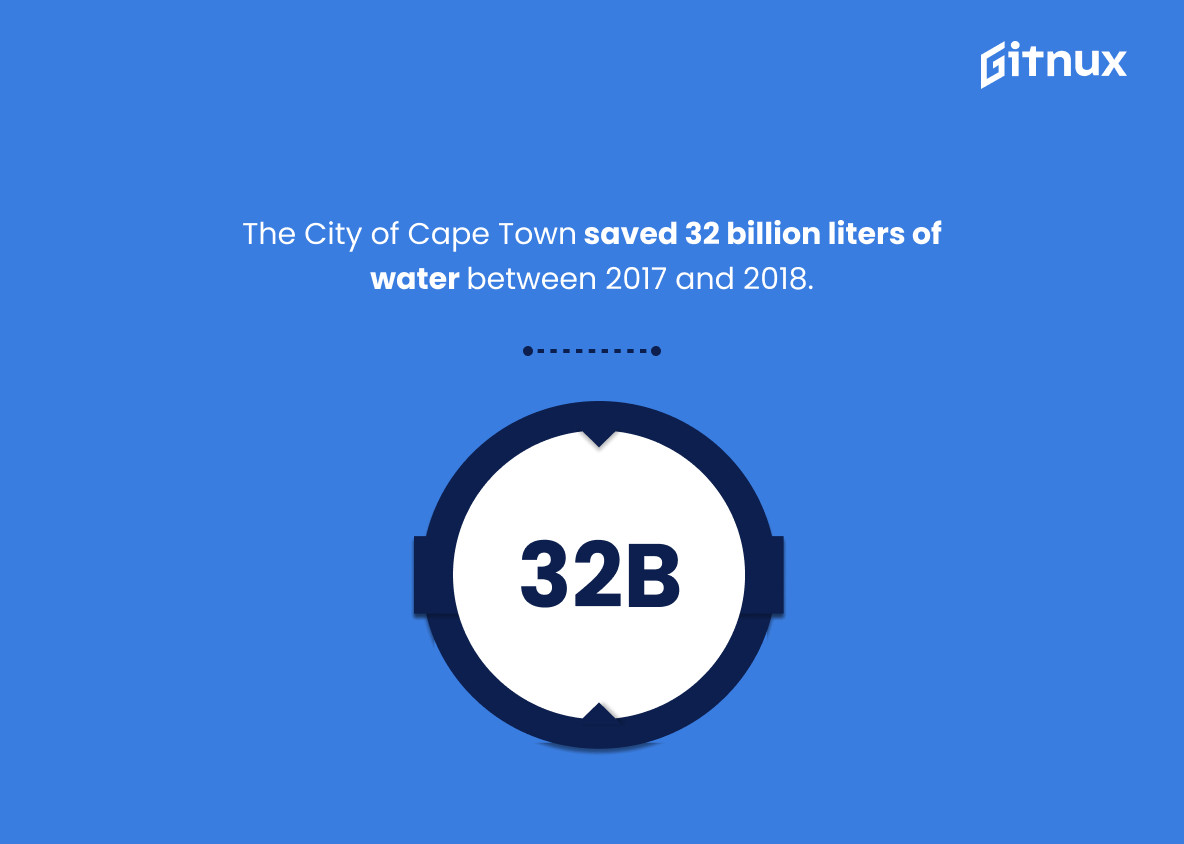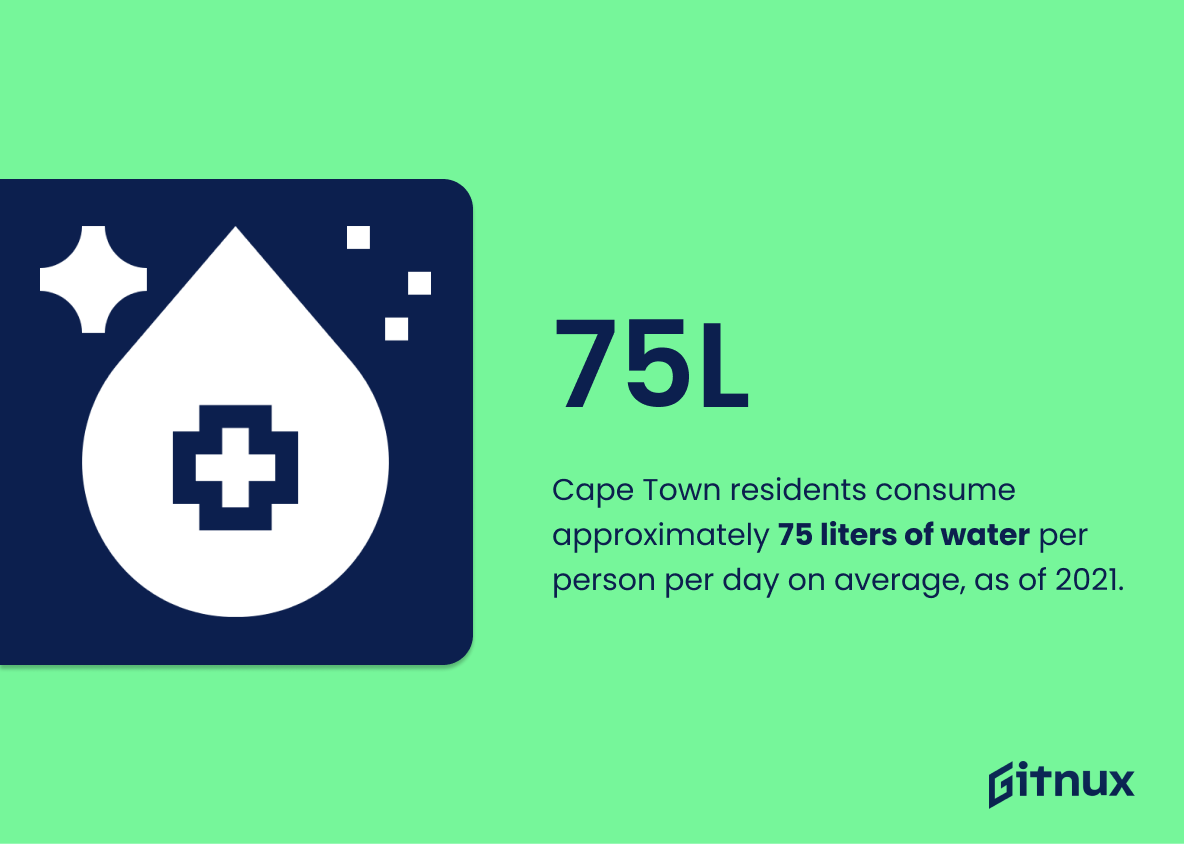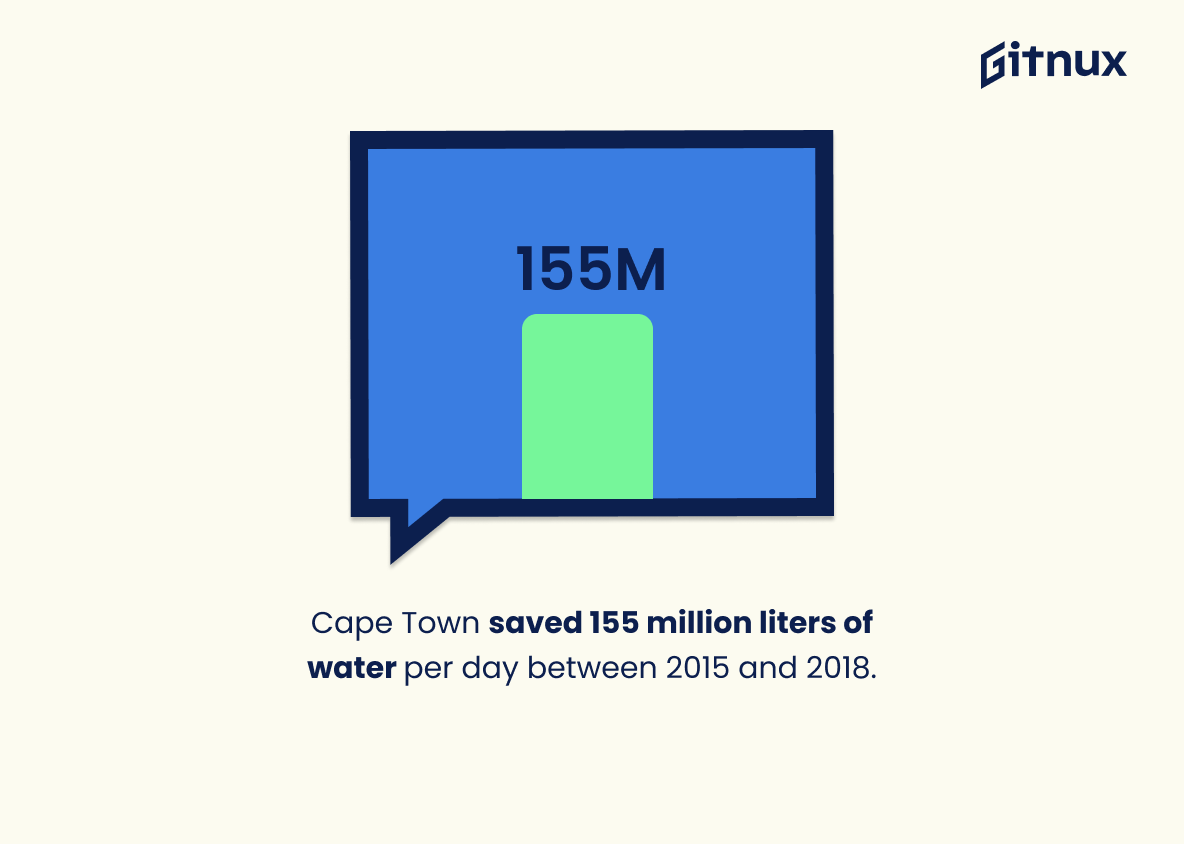Cape Town is a city that has faced many water-related challenges in recent years. From the risk of “Day Zero” to drastic reductions in water consumption, Cape Town’s journey towards sustainable and responsible water usage has been an ongoing process. This blog post will explore some key statistics about Cape Town’s water usage between 2015 and 2021, including how much was consumed per person each day, what percentage of total supply comes from surface sources such as dams or rivers, and how successful conservation efforts have been at reducing overall use. We’ll also look into the impact of increased tariffs on commercial businesses’ consumption levels as well as agricultural output due to drought conditions. Finally, we’ll discuss plans for future groundwater abstraction projects which could help alleviate current shortages while ensuring long-term sustainability for this beautiful South African city.
Cape Town Water Usage Statistics Overview
In 2017, Cape Town’s annual water usage was roughly 270 billion liters.
This statistic is a powerful indicator of the magnitude of water usage in Cape Town in 2017. It serves as a benchmark for understanding the current state of water usage in the city and provides a basis for comparison with future years. It also highlights the need for continued efforts to reduce water consumption and ensure sustainable water management in the city.
The city’s water consumption increased to approximately 730 million liters per day in April 2021.
This statistic is a telling indication of the current state of Cape Town’s water usage. It shows that the city’s water consumption has increased significantly since April 2021, indicating that the city is facing a growing water crisis. This statistic is a stark reminder of the importance of conserving water and the need for citizens to take action to reduce their water consumption.
Over 60% of Cape Town’s water supply comes from the Berg River and the Voëlvlei Dam.
This statistic is a crucial reminder of the importance of the Berg River and the Voëlvlei Dam in providing the majority of Cape Town’s water supply. It highlights the need to ensure that these sources are managed responsibly and sustainably in order to ensure that the city has a reliable and safe water supply.
In 2018, Cape Town faced the risk of “Day Zero,” a day when the water supply would be turned off.
This statistic serves as a stark reminder of the dire consequences of water mismanagement in Cape Town. It highlights the importance of understanding and managing water usage statistics in order to avoid a similar situation in the future.
In July 2017, Cape Town’s Theewaterskloof Dam was only 26.6% full.
This statistic serves as a stark reminder of the dire state of Cape Town’s water supply. With Theewaterskloof Dam being only 26.6% full, it is clear that the city is facing a serious water crisis and that drastic measures must be taken to conserve water.
Cape Town’s commercial businesses used approximately 400 million liters of water per day in 2014.
This statistic is a powerful indicator of the immense water consumption of Cape Town’s commercial businesses in 2014. It serves as a stark reminder of the need for greater water conservation efforts in the city, and highlights the urgency of the situation. It is a key piece of information that can be used to inform decisions about how to best manage the city’s water resources.
Water tariffs in Cape Town were increased by 26.96% in 2018.
The statistic of a 26.96% increase in water tariffs in Cape Town in 2018 is a telling sign of the growing water crisis in the city. It serves as a reminder that water conservation is a necessity, and that the city is taking steps to ensure that its citizens are aware of the importance of water conservation. This statistic is a stark reminder that Cape Town’s water usage statistics are not to be taken lightly, and that the city is taking steps to ensure that its citizens are aware of the importance of water conservation.
In 2017, Cape Town experienced a 34% reduction in water use due to strict water restrictions.
This statistic is a testament to the success of the water restrictions implemented in 2017 in Cape Town. It demonstrates the effectiveness of the measures taken to reduce water usage and highlights the importance of taking action to conserve water. It is a powerful reminder of the positive impact that can be achieved when citizens and businesses work together to reduce water consumption.
Cape Town’s water shortage in 2017 led to a 26% decline in the Western Cape agricultural output.
This statistic is a stark reminder of the devastating impact that Cape Town’s water shortage had on the Western Cape agricultural output in 2017. It serves as a powerful illustration of the importance of water conservation and the need for sustainable water usage practices in the region.
The City of Cape Town saved 32 billion liters of water between 2017 and 2018.
This statistic is a testament to the success of the City of Cape Town’s water conservation efforts. It demonstrates that the city has made significant progress in reducing water usage over the past year, and serves as a reminder of the importance of water conservation. It also highlights the need for continued efforts to ensure that Cape Town’s water resources are managed responsibly and sustainably.
Cape Town residents consume approximately 75 liters of water per person per day on average, as of 2021.
This statistic is a powerful indicator of the water usage habits of Cape Town residents, providing insight into the current state of water consumption in the city. It is an important piece of information for understanding the impact of water usage on the environment and the sustainability of the city’s water resources. By understanding the average water consumption of Cape Town residents, we can better assess the effectiveness of water conservation efforts and identify areas for improvement. This statistic is essential for informing the public about the importance of water conservation and the need for responsible water usage.
Cape Town saved 155 million liters of water per day through demand management and leak reduction between 2015 and 2018.
This statistic is a testament to the success of Cape Town’s water conservation efforts. It demonstrates that the city has been able to reduce its water usage by a significant amount over the course of three years, which is a major accomplishment. This statistic is a reminder that even in times of drought, it is possible to make a difference and conserve water. It also serves as an example of how other cities can take similar steps to reduce their water usage and help protect the environment.
Conclusion
The statistics presented in this blog post demonstrate the significant progress that Cape Town has made in reducing its water consumption and increasing its water storage capacity since 2015. Despite facing a severe drought crisis, the city was able to reduce daily per capita usage from 200+ liters to 75 liters through strict restrictions and demand management initiatives. Additionally, surface water storage increased from 20-30% in 2017-2018 to 62.5% by 2019 due to groundwater abstraction plans which aim for up 100 million liters of production per day. These efforts have enabled Cape Town residents access safe drinking water while also protecting their environment against further damage caused by overconsumption of resources.
References
0. – https://www.wedc-knowledge.lboro.ac.uk
1. – https://www.ewn.co.za
2. – https://www.capetown.gov.za
3. – https://www.usgs.gov
4. – https://www.bbc.com
5. – https://www.groundup.org.za
6. – https://www.capetownmagazine.com
7. – https://www.edition.cnn.com
8. – https://www.npr.org
9. – https://www.nationalgeographic.com
10. – https://www.climaterealityproject.org
11. – https://www.news24.com
12. – https://www.fin24.com

